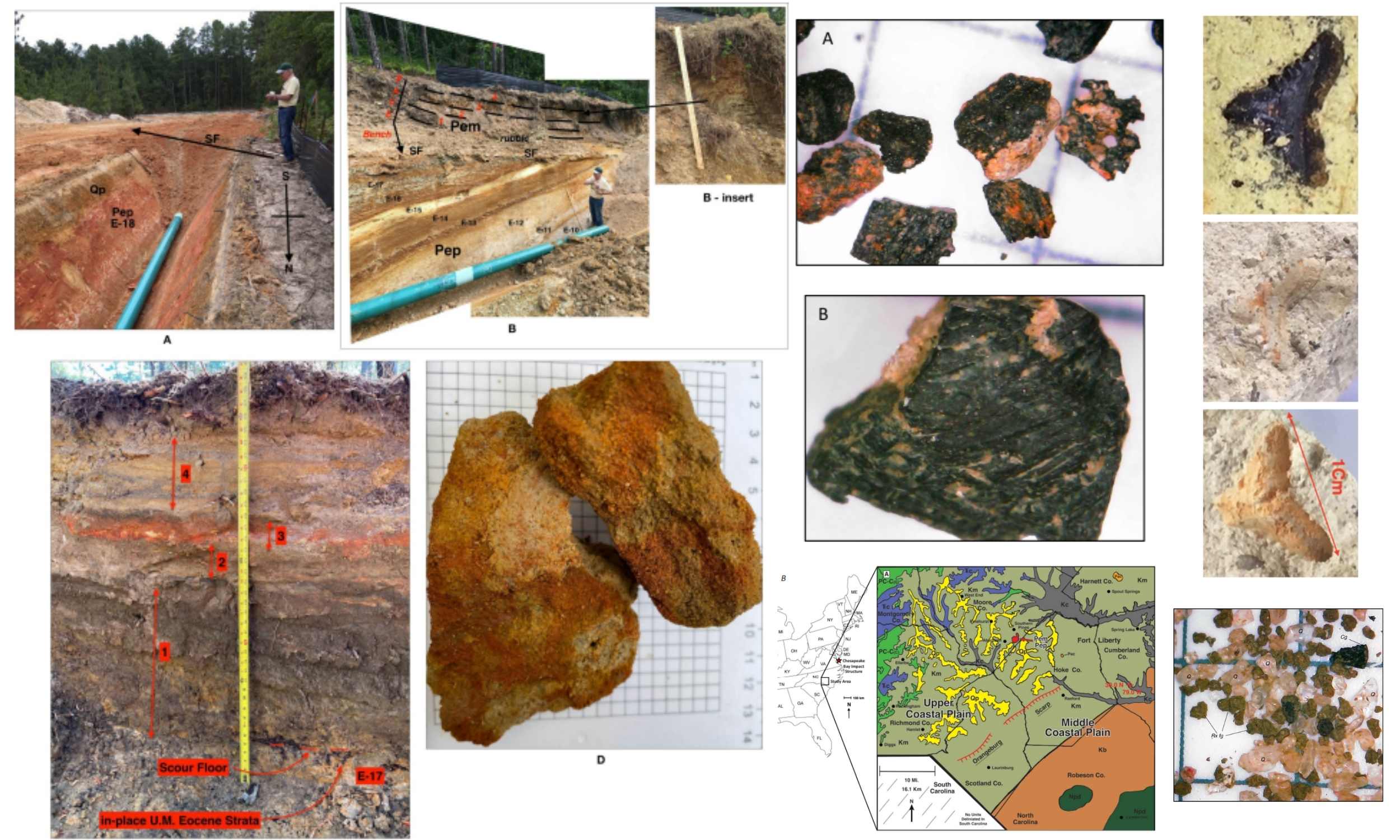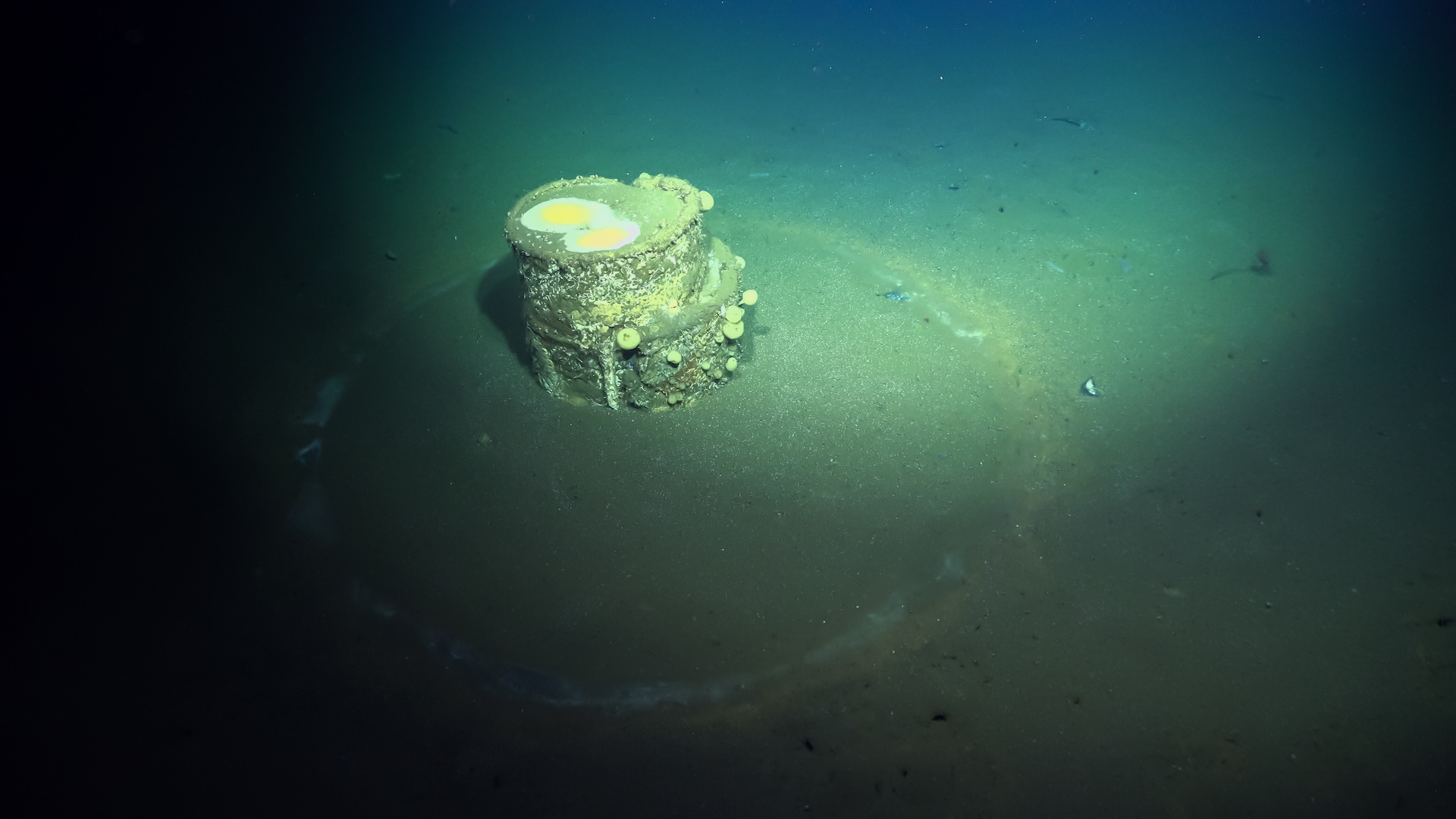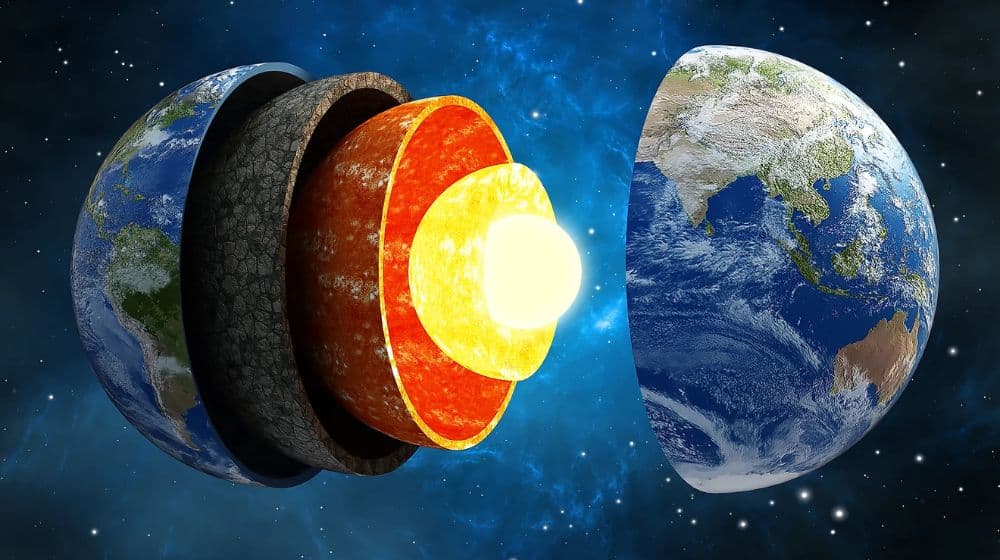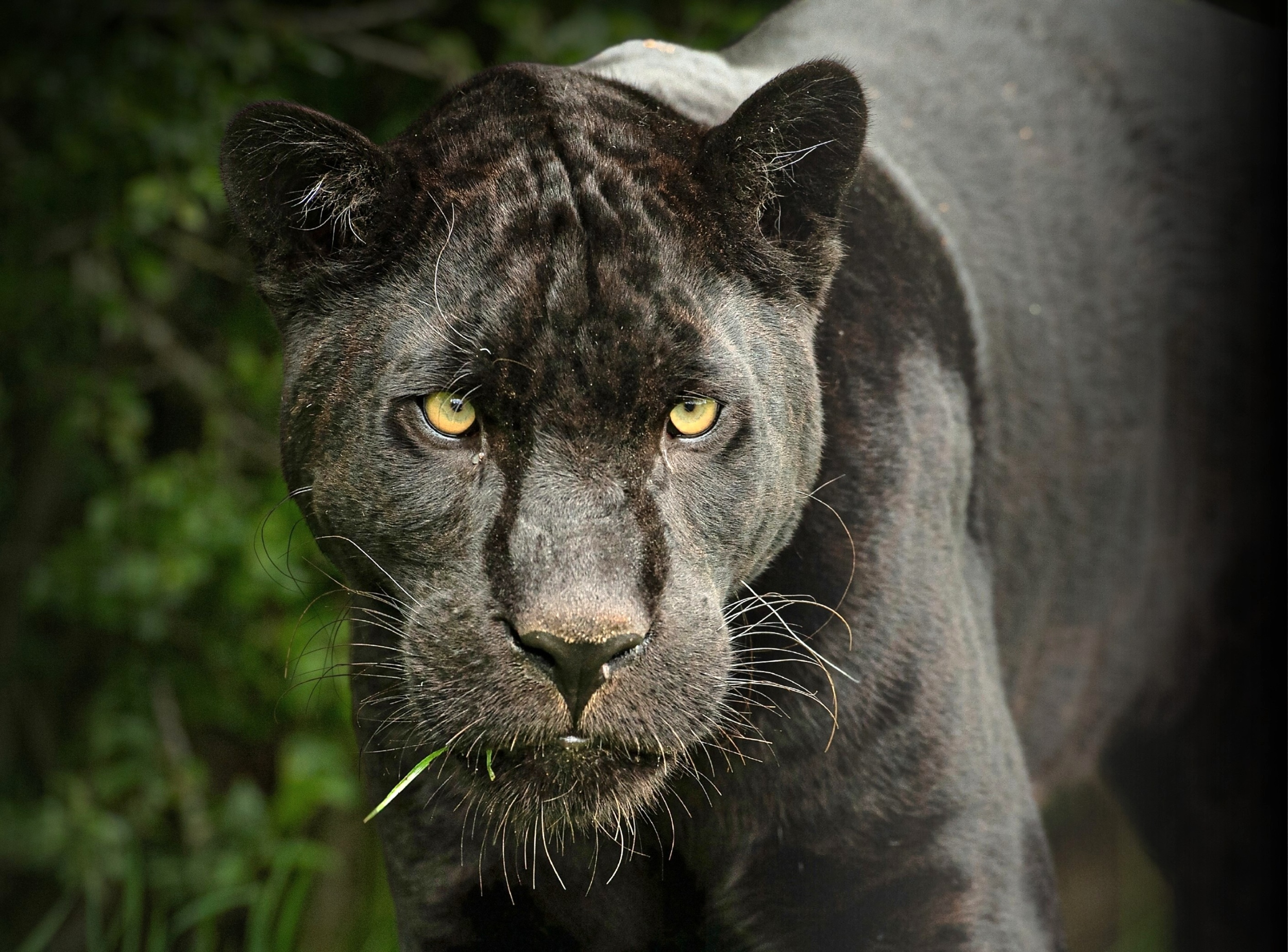The Unbelievable World of Titanoboa: The Gigantic Snake That Ruled After Dinosaurs

Imagine a snake so immense that it could stretch longer than a school bus and weigh more than a small car. Meet Titanoboa cerrejonensis, the prehistoric titan that reigned supreme in the lush rainforests of what is now Colombia, around 58 million years ago. This ancient serpent, discovered in 2009 by scientists digging in the Cerrejón coal mine, has forever changed our understanding of what lurked in the shadows of history's dense jungles.
Unearthed from the depths of the world's oldest neotropical rainforest fossil bed, Titanoboa wasn't your average snake. At nearly 45 feet long and tipping the scales at 2,500 pounds, this colossal creature dwarfed even the largest modern-day pythons and anacondas. Its jaw-dropping size wasn't just for show; this predator was perfectly designed for ambush, lurking in swampy waters to strike with precision at its prey, much like an anaconda today.
The reconstruction of Titanoboa's skull, a rare find among snake fossils, has offered fascinating insights. Unlike land mammals, this snake's diet likely consisted of giant fish, hinted at by features such as weakly fused teeth—a testament to how it adapted to a world teeming with oversized fauna. Scientists believe that the tropical environment of the Paleocene Epoch, with its sweltering climate, provided the perfect conditions for reptiles like Titanoboa to flourish while mammals were still finding their foothold.
However, climates change, and as the Earth gradually cooled, the sprawling rainforests shrank, and so did the opportunities for Titanoboa's survival. Fast forward to today's world, and such behemoths are but a memory, their legacy preserved in bones and museum displays, like the 1,700-pound life-size model at the Smithsonian National Museum of Natural History. It's a haunting reminder of how life evolves and adapts—or perishes—in the face of environmental shifts.
But just as we thought we'd seen it all, the discovery of Vasuki indicus in India, another potential contender for the title of the largest snake, has sparked new debates. While estimates of Vasuki's size vary, it's clear that the ancient world was a breeding ground for monumental creatures, each leaving behind a story etched in stone, waiting to be unearthed.



























